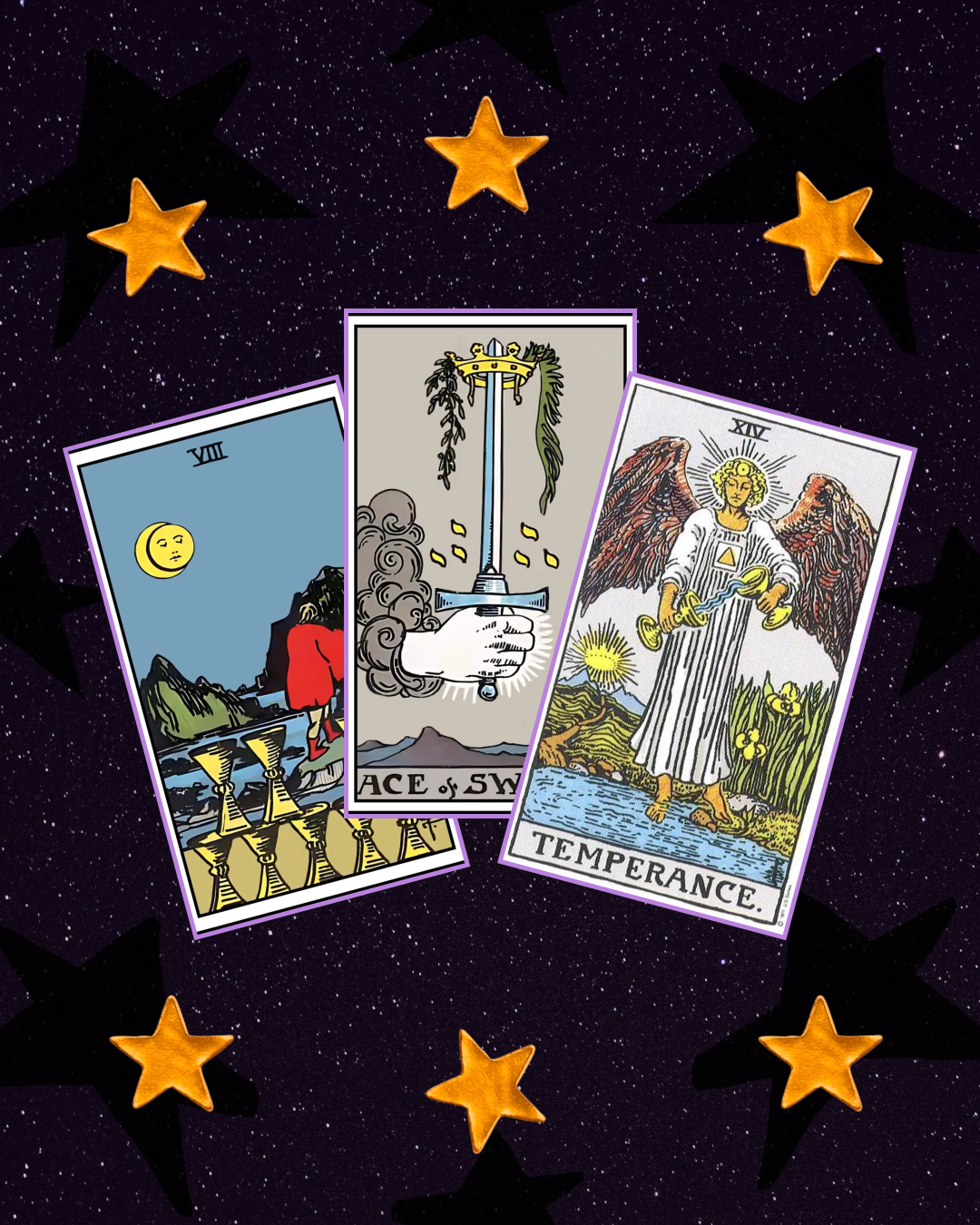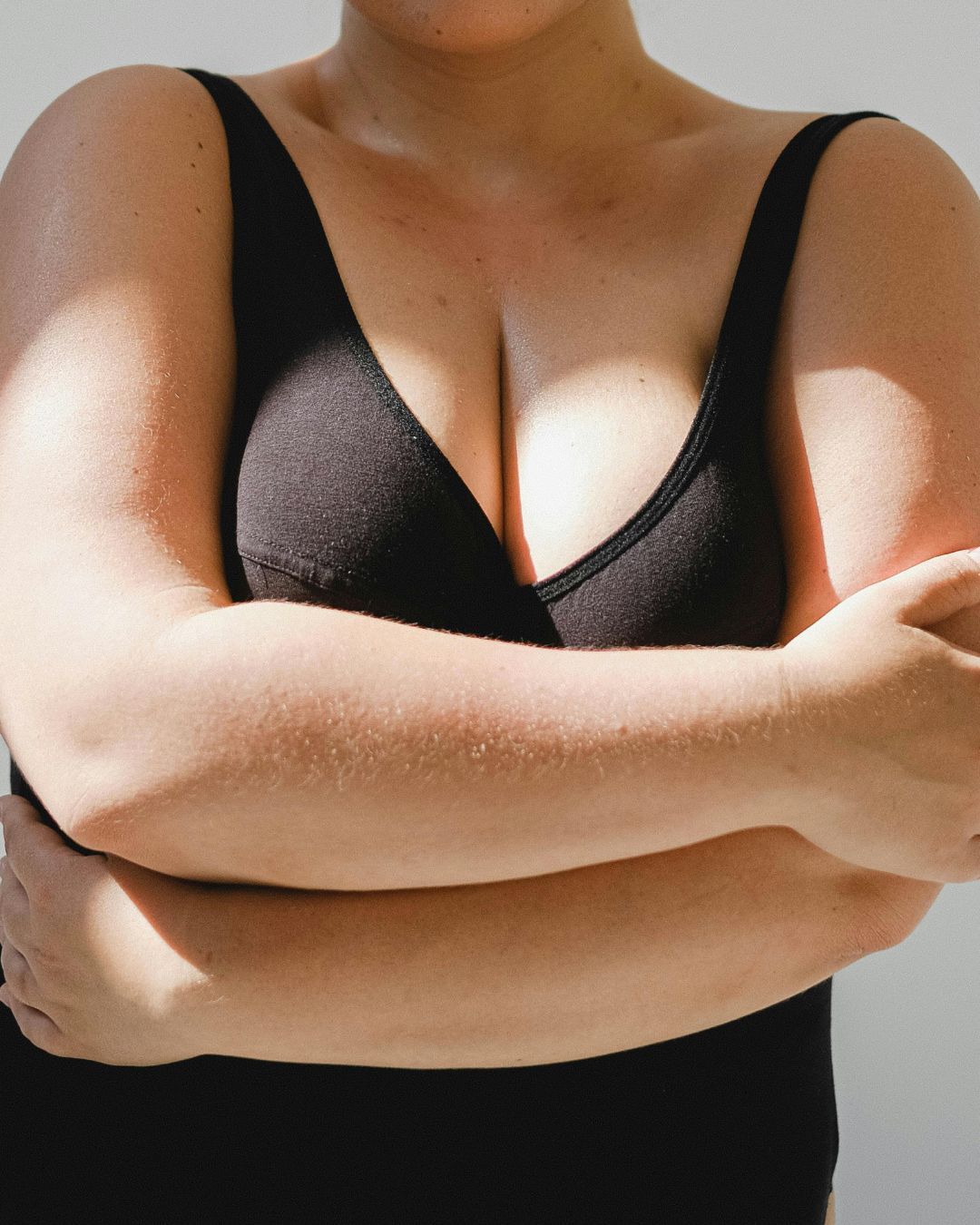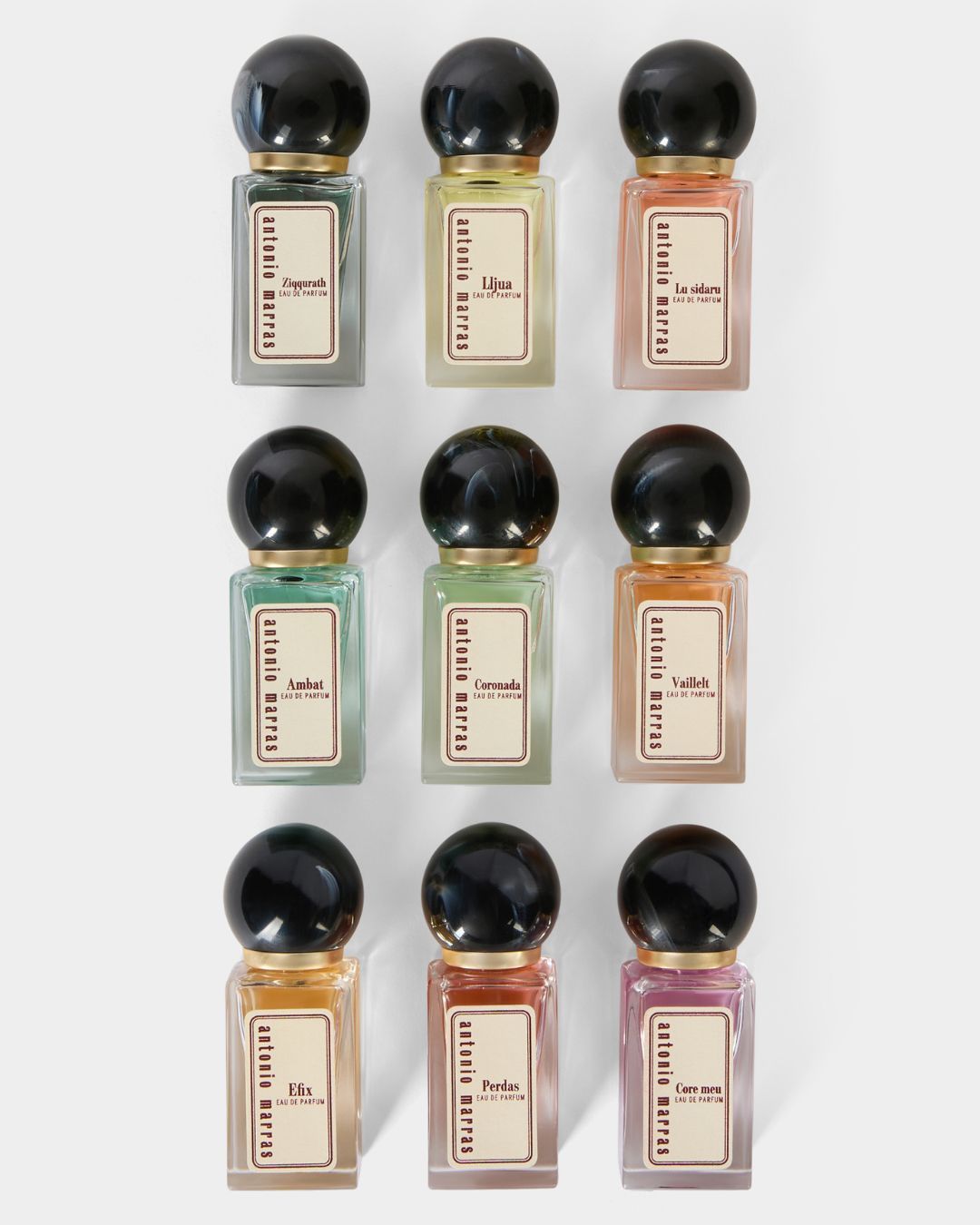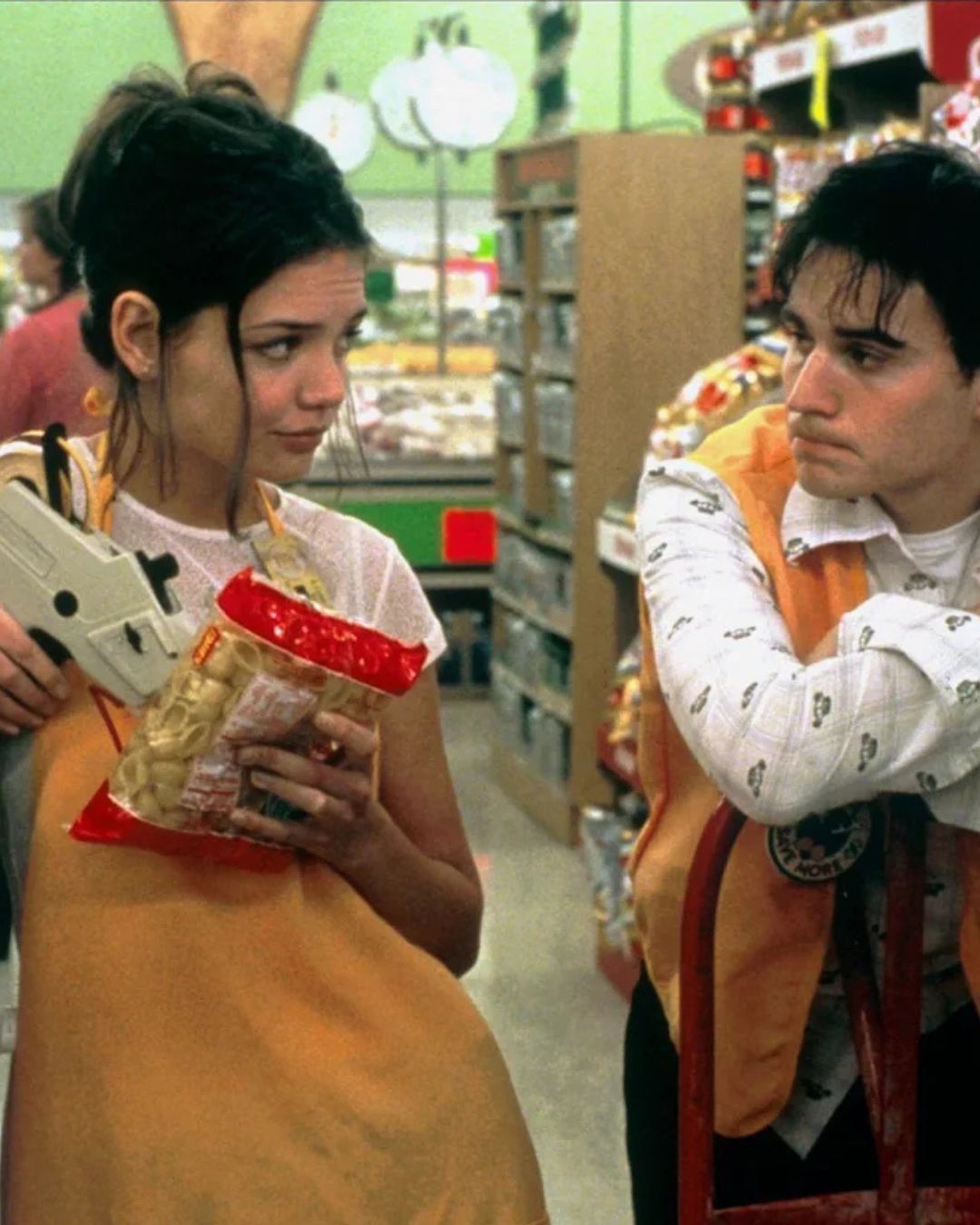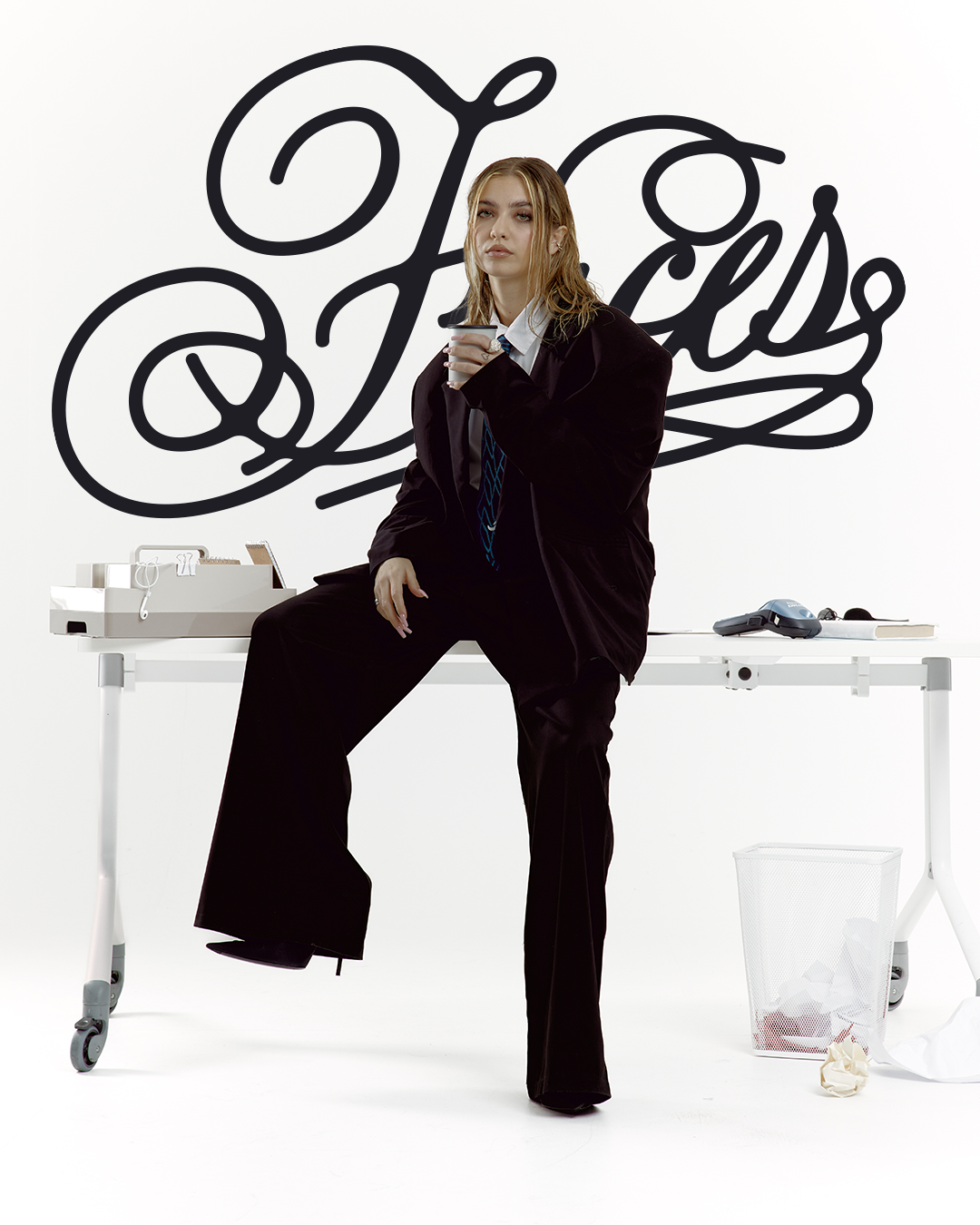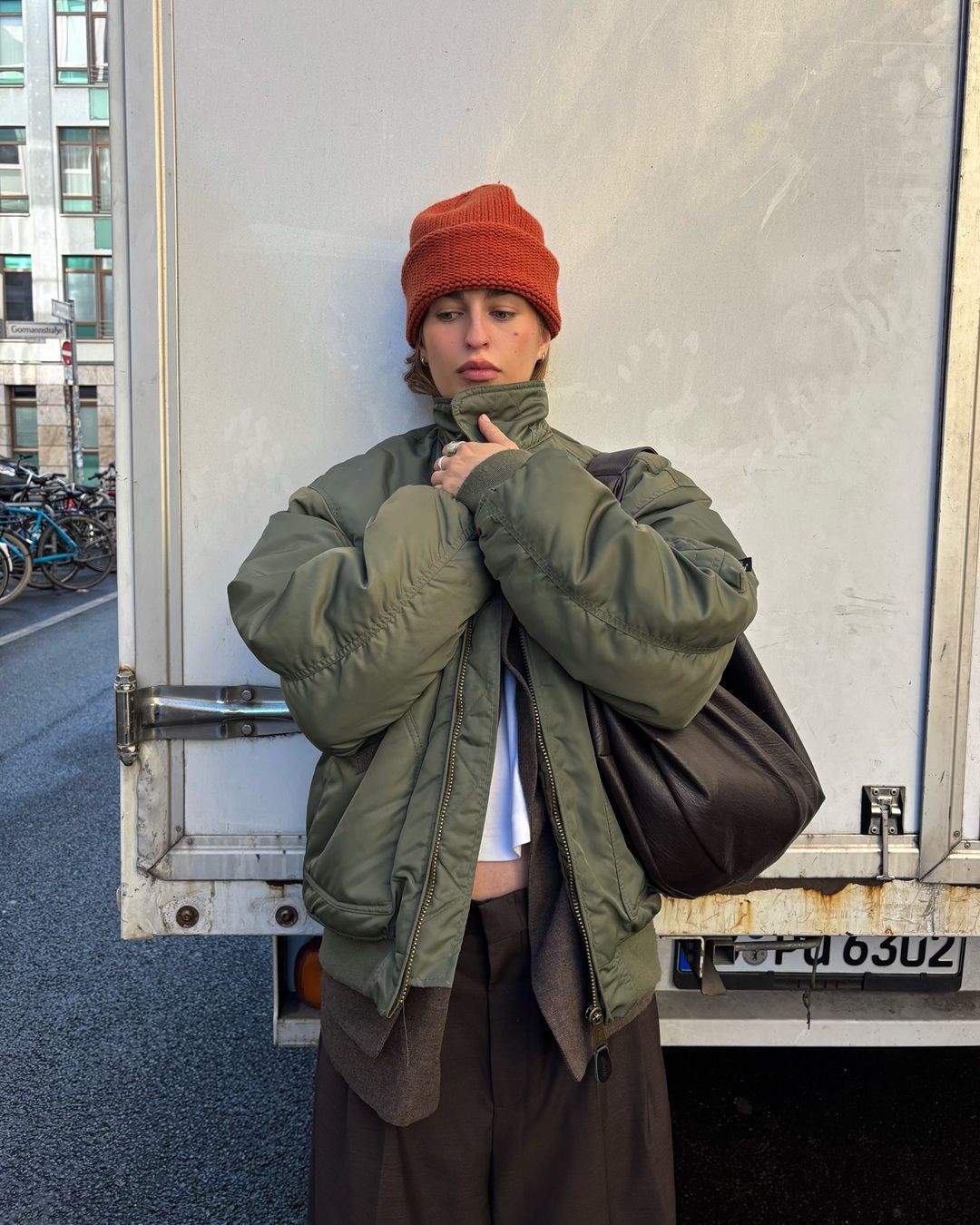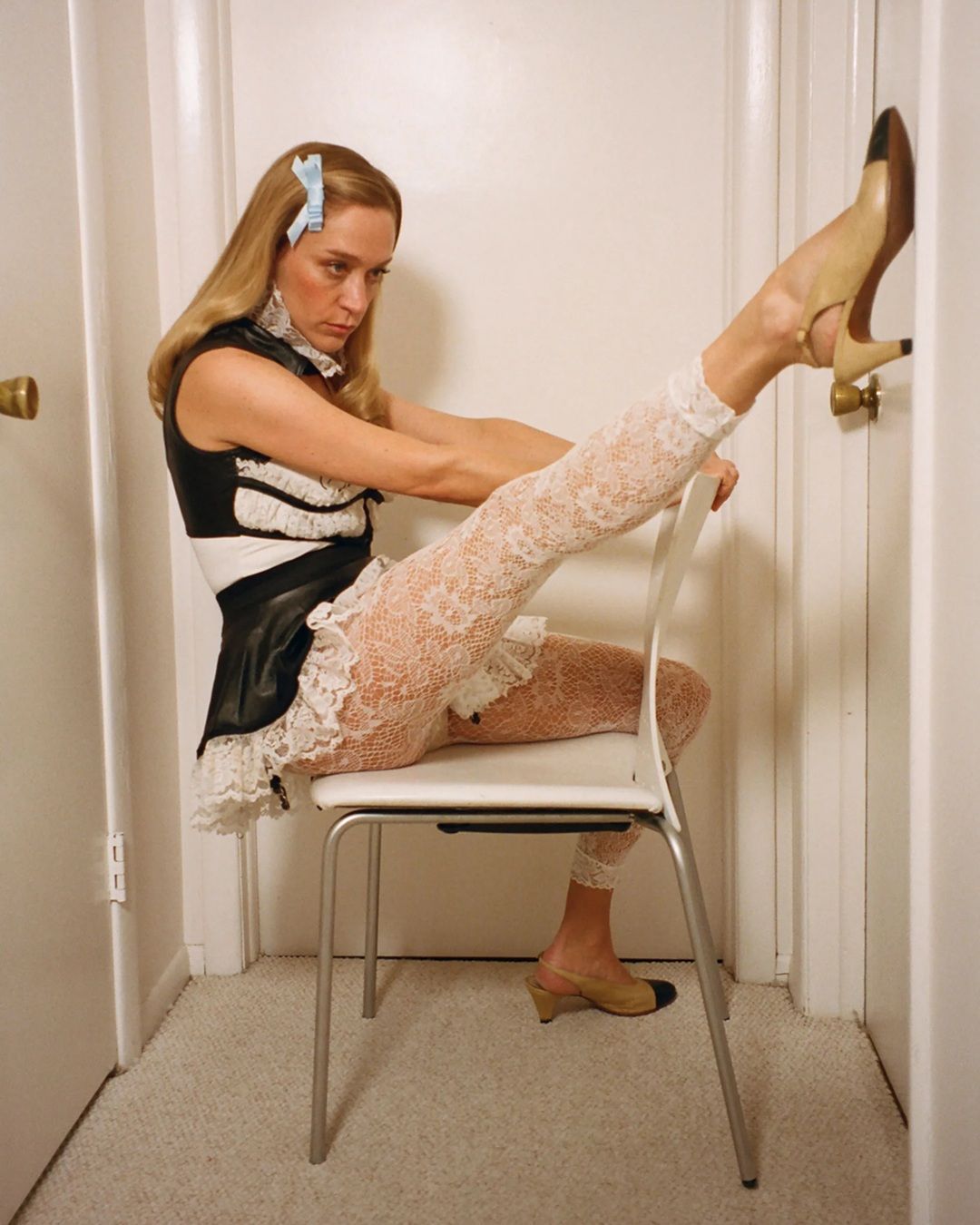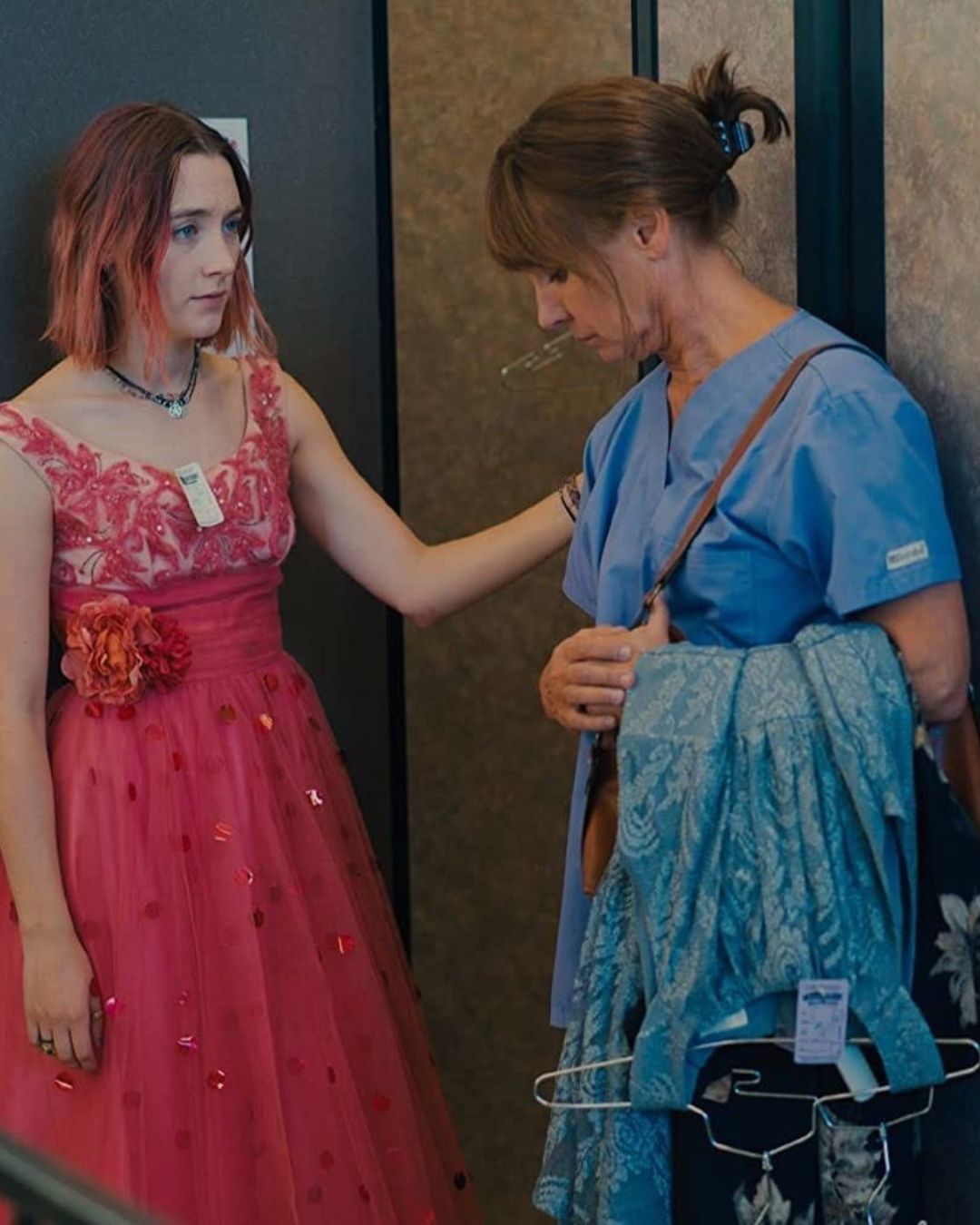
Beyond Mother's Day Public rhetoric is not enough: the situation in Italy today
On May 11, we celebrated Mother’s Day, as we do every year. And then? Everything went back to normal: silence, indifference, a rapid return to the everyday routine. Flowers wilt, clichés fade, and the harsh reality remains unchanged. Motherhood continues to be glorified only on the surface, while the actual conditions in which millions of Italian mothers live are systematically ignored. Every year, we witness a wave of public rhetoric: commercials with smiling children, politicians rushing to proclaim that “motherhood is sacred,” and media filled with idealized portrayals. But behind this polished surface of good intentions, there’s very little substance. And yet, someone keeps telling the truth. Also in 2025, Save the Children has released the report Le Equilibriste, one of the few tools that provides a clear and painful picture of the state of motherhood in Italy.
Becoming a mother in Italy today
In a country with one of the lowest birth rates in the world, becoming a mother is an act of resistance. Births in 2024 fell to 370,000 - a new all-time low - with a 2.6% drop compared to the previous year. The average age of new mothers rose to 32.6 years: a number that can reflect greater freedom, but also the lack of favorable conditions for motherhood. In Italy, having a child is a privilege that many women simply can’t afford, unless they sacrifice their financial independence, ambitions, or stability. One in five mothers leaves her job after giving birth. Not by choice, but due to a lack of alternatives: no childcare facilities, no flexible work options, a deficient welfare system often replaced (when possible) by family support. What’s missing is everything that could make motherhood compatible with a career: public nurseries, flexible hours, fairly paid parental leave. Those mothers who do stay in the workforce often face serious penalties: part-time contracts, fewer opportunities, more obstacles.
The "Child Penalty": what it means and how it affects mothers
This is what the report refers to as the child penalty, the hidden tax that punishes women when they become mothers. Among employed women aged 25–54, part-time work jumps from 22.2% for childless women to 35.6% for mothers. In short: being a mother in Italy means working fewer hours, earning less, and giving up career growth. While 91.5% of fathers continue working, only 62.3% of mothers do. Among those with two or more children, that number drops to 60.1%.
The situation in Southern Italy
To these inequalities we must add regional disparities. In the South, the gap is dramatic: only 45.2% of single mothers aged 25–54 are employed, compared to 83% in the North. Over half of single mothers under 35 are unemployed. 77.6% of single-parent families consist of mothers alone with dependent children. These families are also most at risk of poverty: 32.1% face social exclusion, compared to a worrying national average of 23.1%. Meanwhile, "voluntary" resignations from new parents tell another story: in 2024, 72.8% of over 61,000 resignations involved women. And in 96.8% of those cases, the reasons are always the same: lack of services, difficulty balancing work and care, and subtle or overt workplace pressure.
A cultural issue
Motherhood is not just an economic matter. It is, above all, a cultural issue. This is evident in parental leave data: in 2023, women used 14.4 million days of leave, compared to just 2.1 million for men. Paternity leave has been extended to 10 days: a largely symbolic measure that fails to change the status quo. As long as care work is seen as “women’s duty,” motherhood will remain an obstacle rather than a free choice. This imbalance is also rooted in how society and media portray mothers. The Italian mother is still depicted as tireless, selfless, and able to do everything alone. In ads, talk shows, and political speeches, she’s the glue holding the family together, sacrificing her own needs. Even the "modern multitasking" version keeps her trapped in a role that demands she be everything: mother, worker, partner, daughter. Always perfect. Always alone. In true crime stories, the mother becomes either a martyr or a monster. There’s no in-between. Mothers are judged more harshly, whether victims or accused. This, too, reinforces a toxic stereotype: the perfect or guilty mother, with no room to be simply human.
And what about fathers?
Fatherhood, meanwhile, remains in the background. It’s a topic we still struggle to face, because in our cultural tradition, the father is often associated with play, not care. And yet, real change cannot happen without shared responsibility. The unequal distribution of caregiving duties creates an imbalance that affects every part of society. Women are not giving up on motherhood. They’re giving up on sacrificing themselves for a system that leaves them alone. The data is crystal clear: we don’t need one-off bonuses or birthrate campaigns. We need structural investment. We need accessible daycare, equal parental leave, real flexibility, and job protections. Above all, we need a new culture, one that stops treating motherhood as a duty or private mission and instead recognizes it as a shared social responsibility.
Truly celebrating mothers means giving them freedom, dignity, and practical tools. Without that, Mother’s Day is just an empty occasion, a token gesture that vanishes the next day. It’s time to decide: do we want to keep mourning a looming demographic winter, or do we finally want to build a country where being a mother isn’t an act of heroism, but a full, sustainable, and shared choice? The real luxury is being able to choose.




